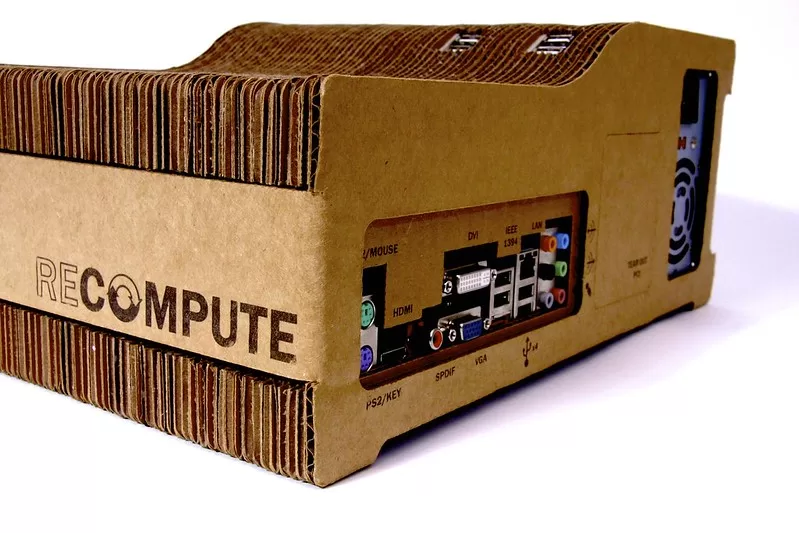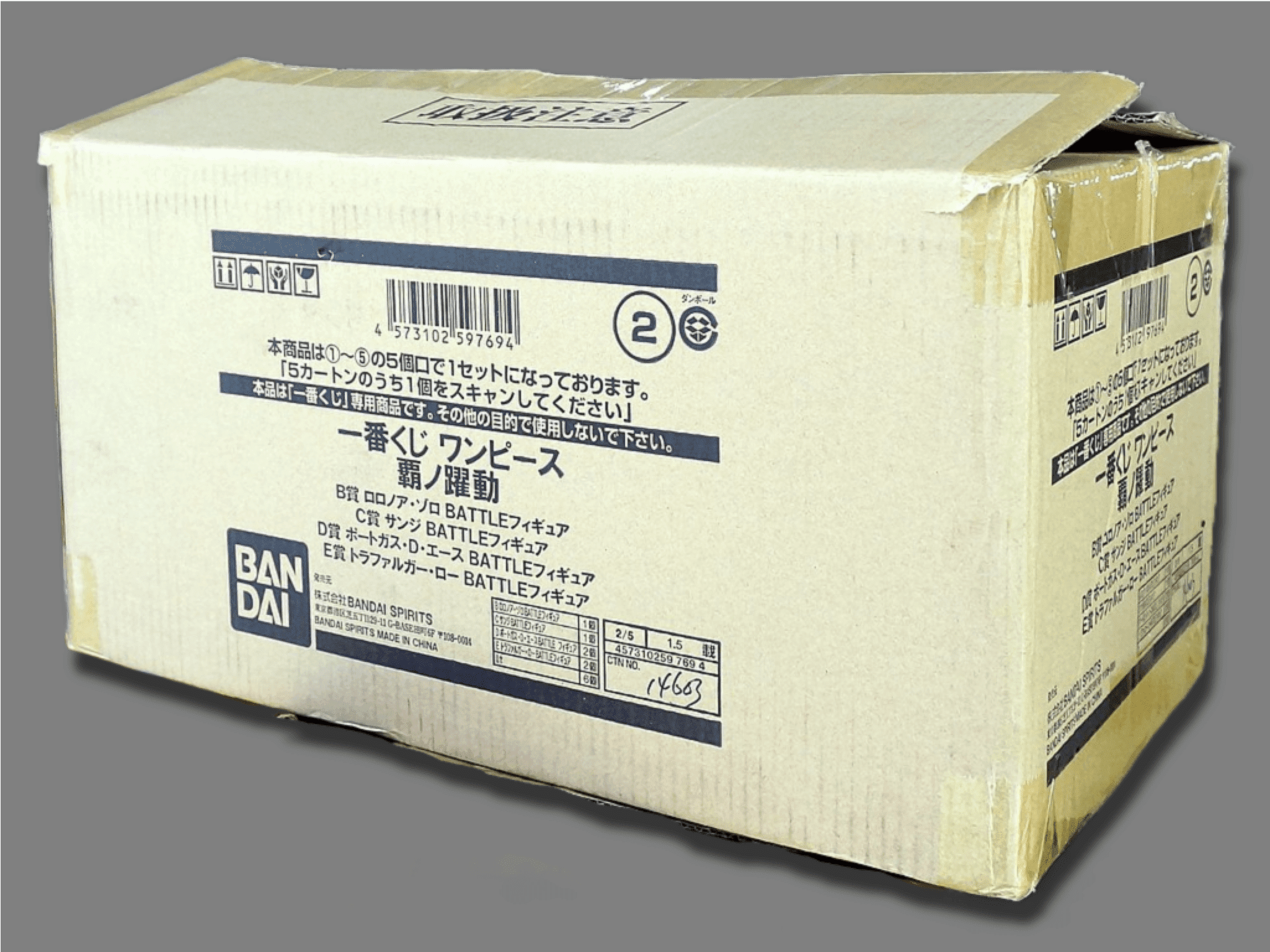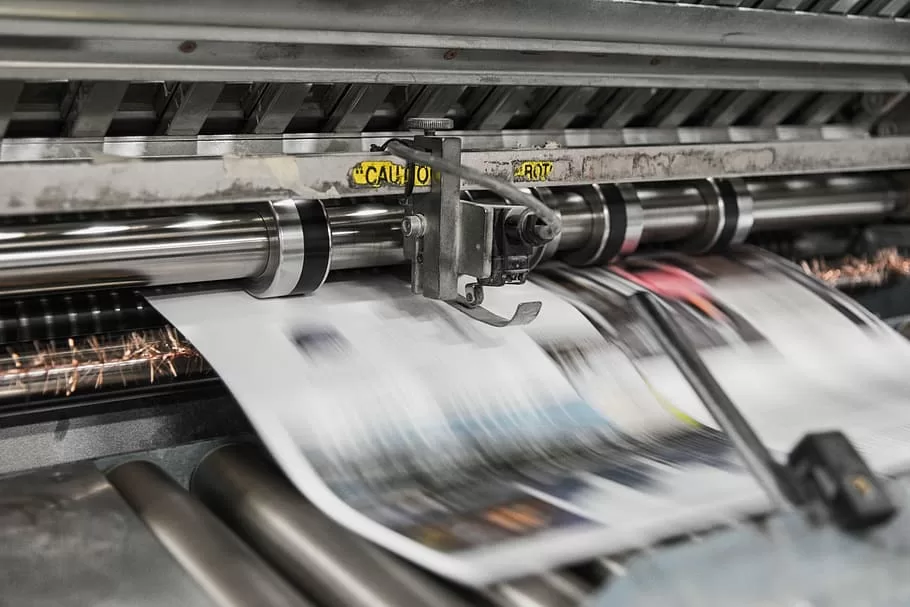When it comes to modern commercial printing techniques, Flexographic printing and Gravure printing (also known as Rotogravure) are at the forefront. However, choosing between these two methods can be quite perplexing. In order to make an informed decision, it’s important to understand the basics of both processes.
Understanding Flexo vs Gravure Printing
Flexo printing, or Flexographic printing, is a printing technique that utilises a polymer or elastomer as an image carrier. The raised impression on the image carrier, similar to letterpress, receives ink from the anilox roller. This enables a fast and efficient printing process, suitable for various applications.
Gravure printing is an intaglio printing process that involves copper-plated or chrome-plated cylinders with engraved designs, also known as cells, which hold the ink. These cylinders are then used to print the design onto the substrate using precise laser etching. The result is a high-quality printing output that is particularly well-suited for large print runs.
Comparing Flexo vs Gravure Printing
Several important factors come into play when comparing Flexo printing and Gravure printing. Let’s examine these factors and their impact on both methods.
Initial Cost and Long-Term Cost
Flexo printing is known for its lower initial costs, making it more accessible for short-term printing requirements. On the other hand, gravure printing requires the use of expensive copper-plated cylinders, which may make it initially costlier. However, in the long run, gravure printing becomes more cost-effective due to the durability and longevity of these cylinders.
Lead Time
Lead time, or the time taken to complete a printing order, is a crucial aspect in the printing process. Gravure printing, with its laser etching technology, is significantly faster than Flexo printing. On average, gravure printing has a lead time that is three to four times faster than Flexo printing, making it more efficient for large-scale production.
Continuous Tone Printing
Consistency in colour intensity is essential in commercial printing, particularly in continuous tone printing. Gravure printing excels in this aspect, as it ensures that the colour and print intensity remain consistent throughout the printing process. On the other hand, while Flexo printing can produce high-quality results, it may experience slight variations in colour intensity in continuous printing.
Ink Compatibility
Ink compatibility plays a vital role in choosing a printing technique. Flexo printing offers a wider range of ink options, making it versatile and compatible with various ink sets. This allows for greater flexibility in achieving desired colour variations. Conversely, gravure printing restricts the use of specific inks, thus limiting the available colour range.
Substrate Compatibility
The substrate refers to the material surface on which the design is printed. Gravure printing works well with porous substrates such as magazine covers, providing sharp and vibrant results. However, Flexo printing excels in compatibility, as it can be used on both porous and non-porous substrates, making it more versatile for different printing needs.
Which One Is Better: Flexography or Rotogravure? Flexo vs Gravure Printing
Flexo printing has undergone significant advancements, making it a preferable choice in many aspects over gravure printing. It offers compatibility with all types of substrates, a wide variety of ink options, and lower initial costs. These factors make Flexo printing an excellent choice for commercial printing with high print loads or jobs requiring versatility.
For all your flexographic printing requirements, Anyflexo is your go-to destination. They provide top-of-the-line flexo components, along with customisable options, including a vast selection of ink colours to suit your specific printing needs.
Final Thoughts
Flexo and gravure printing are both modern and widely adopted printing methods, each with its own advantages and drawbacks. Determining which technique is better for your commercial printing needs depends on careful consideration of the factors discussed above. By assessing factors such as cost, lead time, continuous tone printing requirements, ink compatibility, and substrate compatibility, you can make an informed choice that aligns with your specific printing goals and budget.





